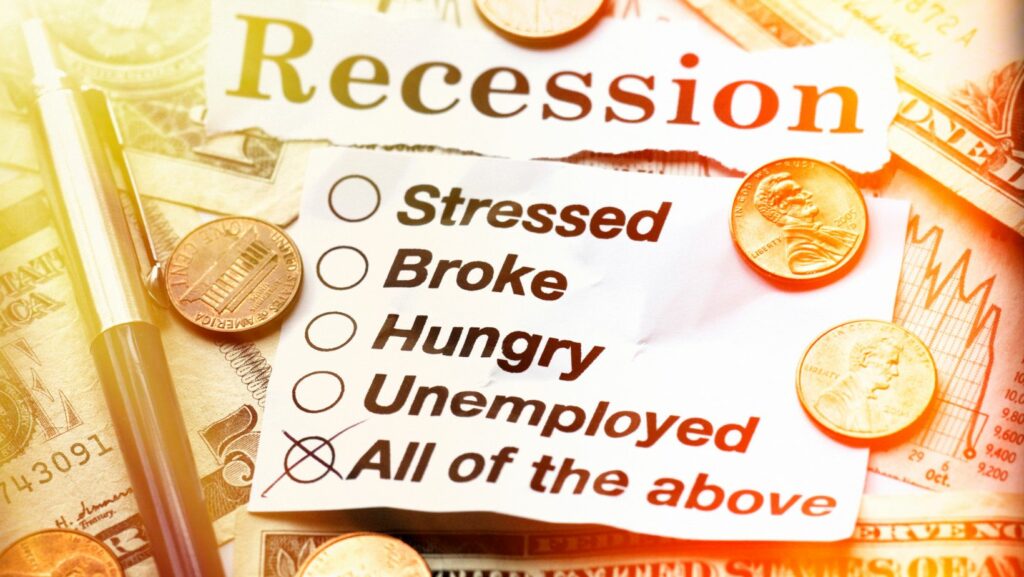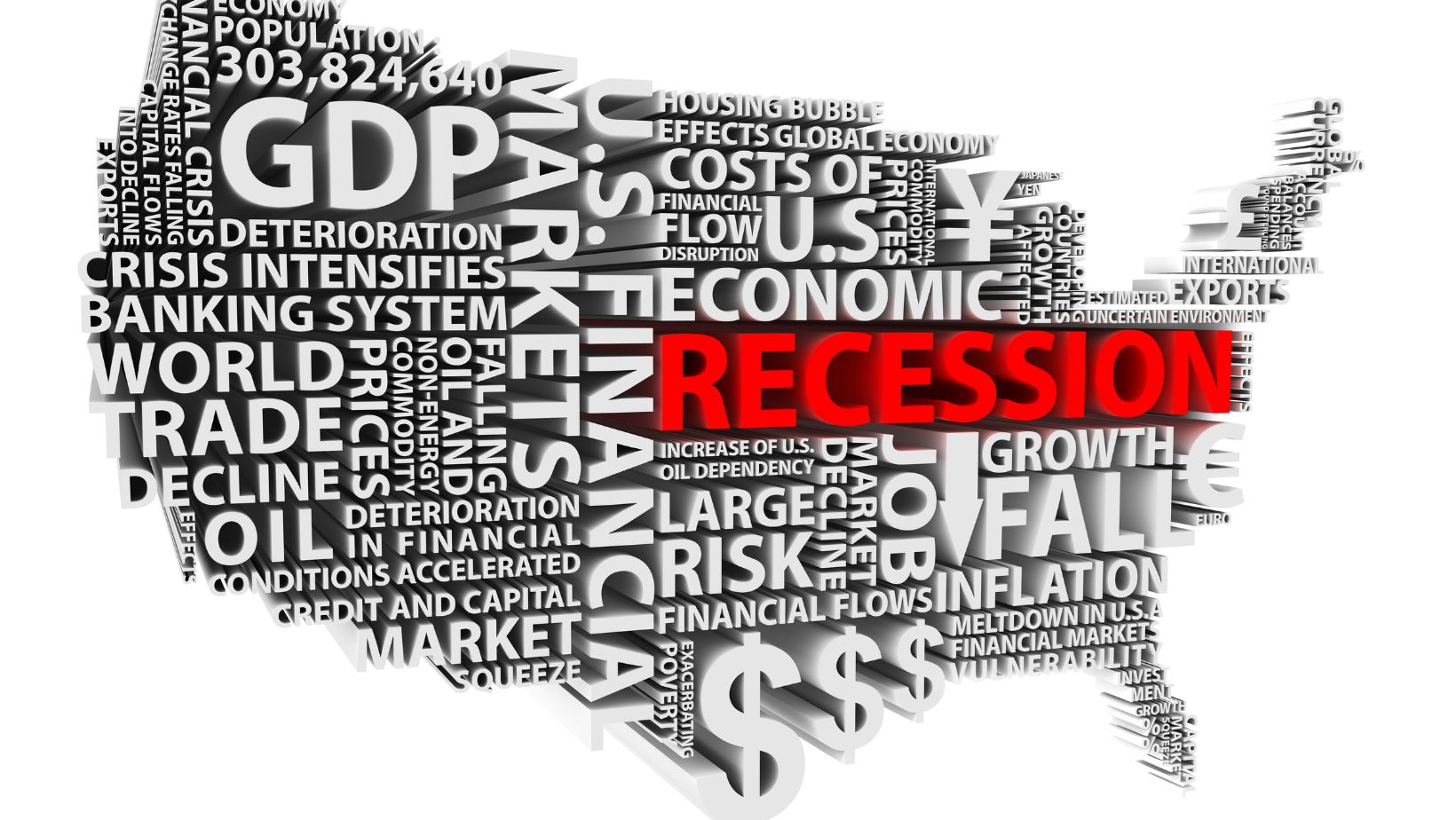
Recessions Have Contributed to the Public Debt by Impacting Economic Growth
Recessions Have Contributed to the Public Debt by
Recessions have had a significant impact on the public debt, contributing to its growth over time. When an economy experiences a recession, government revenues tend to decline due to lower tax collections from individuals and businesses facing financial hardships. At the same time, governments often increase their spending on social welfare programs and economic stimulus measures to mitigate the effects of the downturn.
During recessions, there is often a decrease in consumer spending and business investment, leading to reduced economic activity. This contraction in economic output can result in rising unemployment rates as companies lay off workers or reduce their hours. As more people become unemployed or underemployed, they may rely on government assistance programs such as unemployment benefits or welfare payments. These increased expenditures further strain the government’s finances and contribute to the growing public debt.
Moreover, recessions can also lead to a decline in asset prices, including real estate values and stock markets. This reduction in wealth can negatively affect government revenue through lower property tax collections and capital gains taxes. Additionally, decreased stock market performance translates into lower returns on investments held by pension funds and other institutional investors that are often backed by governments.
In summary, recessions contribute to public debt by reducing government revenues while simultaneously increasing government expenditures on various support programs. The combination of decreased tax collections and higher spending places additional pressure on already strained budgets during times of economic downturns.

Understanding Recessions
Recessions, those economic downturns that leave us scratching our heads and tightening our belts. But what are they exactly? Let’s dive into the world of recessions and unravel their complexities.
First and foremost, a recession is a period of significant economic decline. It’s characterized by shrinking GDP (Gross Domestic Product), rising unemployment rates, reduced consumer spending, and decreased business activity. In simple terms, it’s when the economy hits a rough patch, causing widespread financial hardships.
The causes of recessions can vary widely, but often stem from factors such as financial crises, asset bubbles bursting, or even global events like pandemics or wars. These shocks to the system create a ripple effect throughout the economy, impacting businesses and individuals alike.
During recessions, businesses face declining profits and may resort to cost-cutting measures like layoffs or reduced investments. This leads to higher unemployment rates as job opportunities become scarce. As people lose their jobs or experience reduced income, their ability to spend on goods and services diminishes. This slowdown in consumer spending further exacerbates the downturn.
To better grasp the impact of recessions on public debt, we need to understand how governments respond during these challenging times. When faced with an economic crisis, governments often implement expansionary fiscal policies. They increase government spending and/or lower taxes to stimulate economic growth and alleviate some of the strain caused by recessionary pressures.
However well-intentioned these actions may be, they can result in increased public debt over time. Governments borrow money through issuing bonds or taking loans to finance these stimulus measures. The accumulation of this debt can have long-term consequences for future generations if not managed effectively.
In conclusion, understanding recessions is vital for comprehending their impact on public debt. These cyclical downturns in our economy can have far-reaching effects on individuals’ livelihoods and government finances alike. By delving into the causes and consequences of recessions, we can gain valuable insights into how to navigate these turbulent times and mitigate their long-term effects on public debt.





